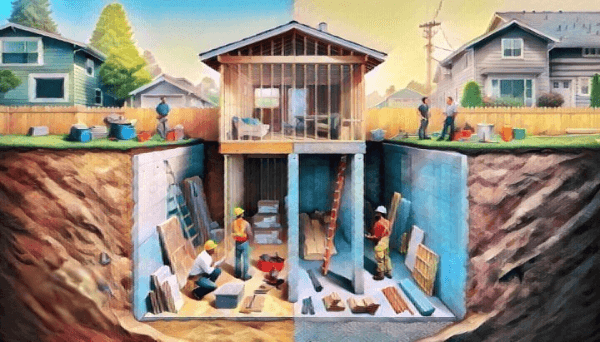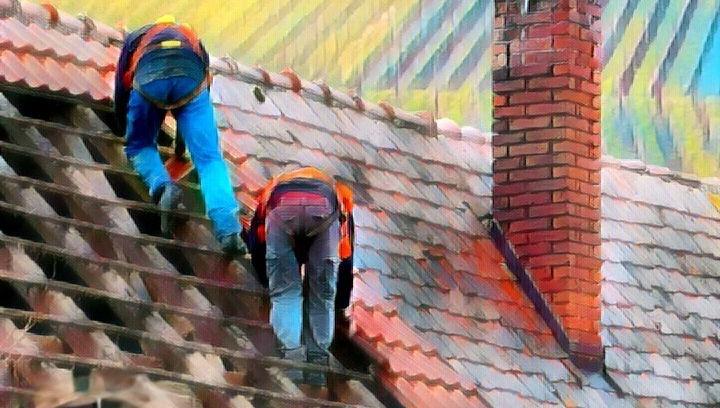Slab vs raised foundation: which one to use for an ADU?
Raised foundations and slab foundations have advantages and disadvantages. Learn which type of foundation is best for your ADU project.

A raised foundation has many pros and fits most project applications. If the building site has problematic soil (like expansive clays), a raised floor foundation would perform much better than a slab, as the slab would most likely crack on this type of soil. Another advantage is that it allows for a crawl space underneath the building, which helps for easy maintenance, repairs, and remodeling.
A few drawbacks to using a raised foundation are the higher costs, longer construction time, vulnerability to mold, pests, and potential termite threat to the exposed wood near the ground.
A slab foundation has many advantages as well. It is easier to construct when the grade of the building site is shallow, meaning there is little to no slope. It can help protect the home from termites, as there is no exposed wood with a slab foundation. It is low-maintenance and expedites construction time. A slab is much cheaper and can benefit elderly or disabled persons as there are fewer steps.
The drawbacks are it is challenging to remodel and very expensive to repair should it crack. It also has no space for wires, plumbing, or storage. Also, during construction, it does cause more pollution than a raised floor.
Each build site is unique, and the foundation should be chosen to fit the build site. Remember that the cost of raised foundations is typically higher than that of slab foundations. However, a raised floor foundation would be the best option for long-term investments.

